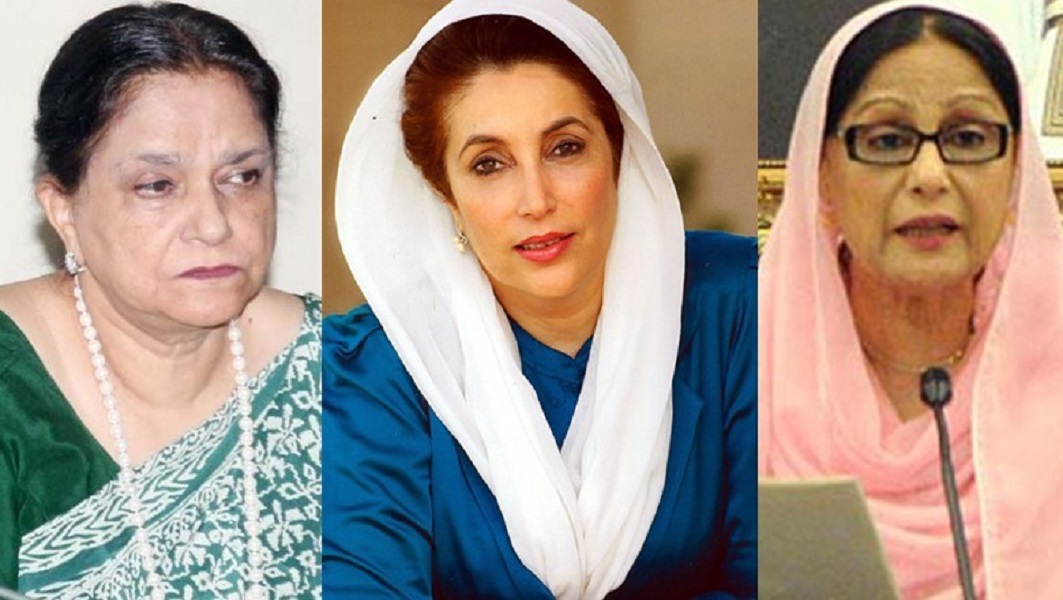The role of women in politics has evolved from participation to leadership. Across the world — including Pakistan — women are driving change, promoting peace, and advocating for equal representation.
H2: Global Rise of Female Leadership
Countries like Finland, New Zealand, and Iceland continue to set examples with women-led governments that prioritize education, climate policy, and welfare.
Meanwhile, Africa and South Asia are witnessing a grassroots surge in women’s political participation.
H2: Women in Pakistani Politics
Pakistan has a proud history of female leadership, from Benazir Bhutto’s premiership to today’s growing number of women parliamentarians.
However, challenges remain — from gender bias to unequal access to resources and safety in public life.
H3: Digital Empowerment and Political Voice
Technology and social media have amplified women’s voices. Platforms like X, Instagram, and YouTube now allow female politicians, journalists, and activists to connect directly with audiences.
H2: Breaking the Glass Ceiling
Progress requires:
Equal representation laws in parliaments and parties.
Gender-sensitive policies in education and employment.
Safe spaces for political participation.
Conclusion
Women are no longer waiting for change — they are leading it. The future of politics depends on inclusive leadership that values empathy, equality, and shared progress.
FAQs
Q1. Which country has the most women in politics?
A1. Rwanda leads globally with over 60% of parliamentary seats held by women.
Q2. How can Pakistan improve women’s participation in politics?
A2. By enforcing quotas, promoting education, and addressing gender-based discrimination.
Q3. Why is women’s leadership important?
A3. It brings diversity of thought, social focus, and long-term stability.

